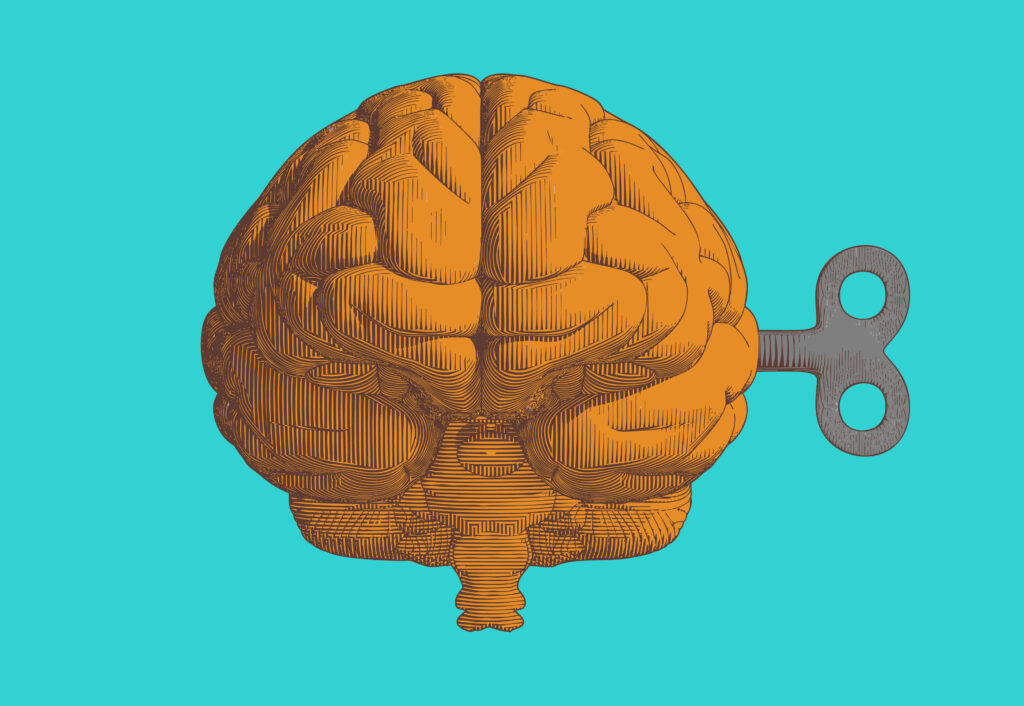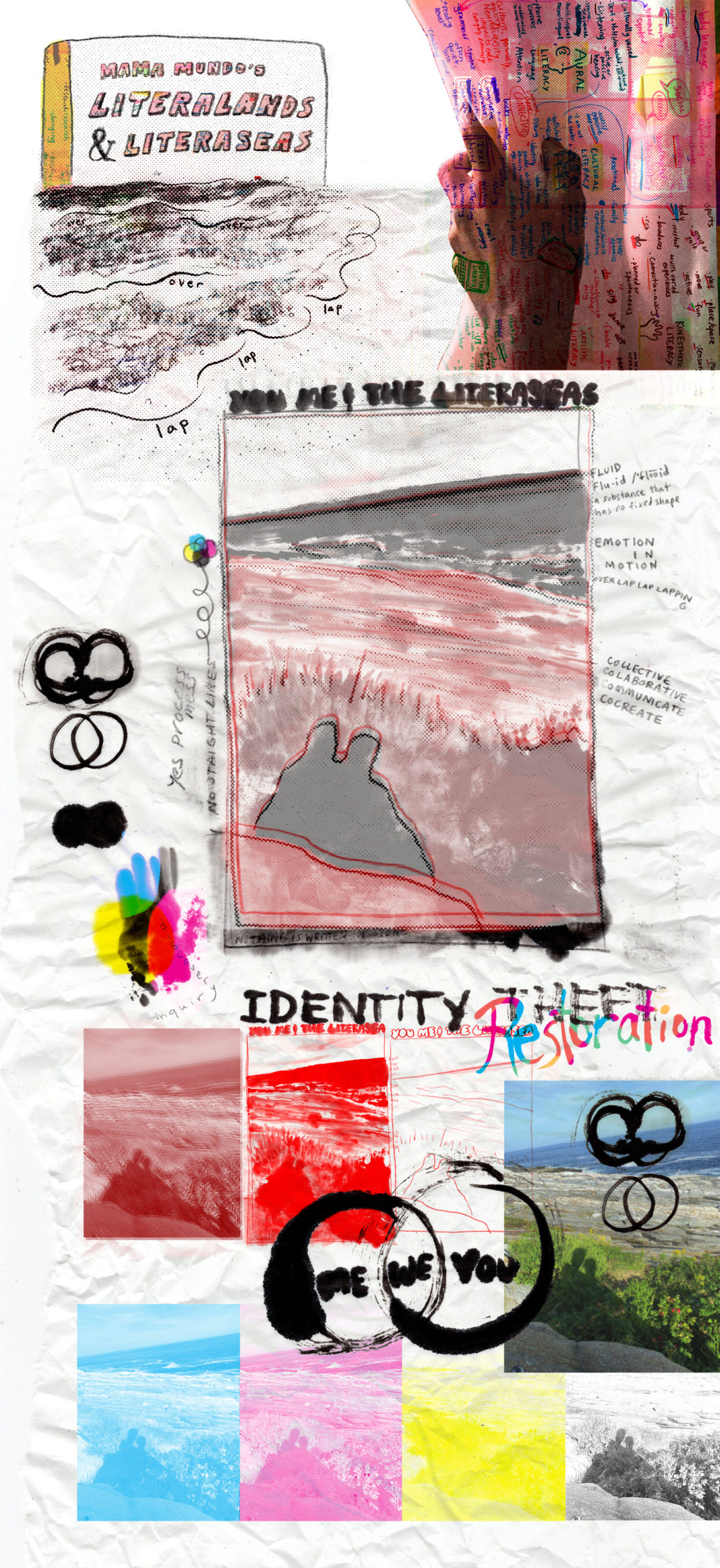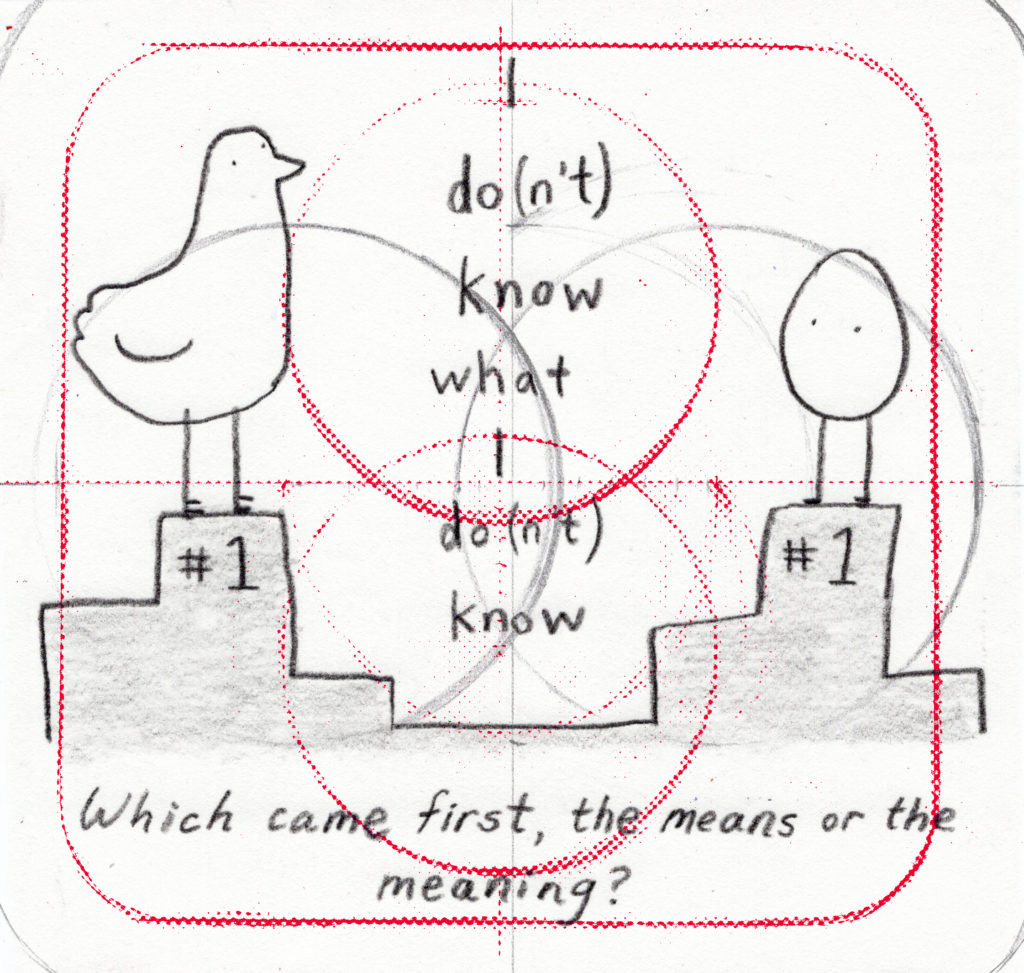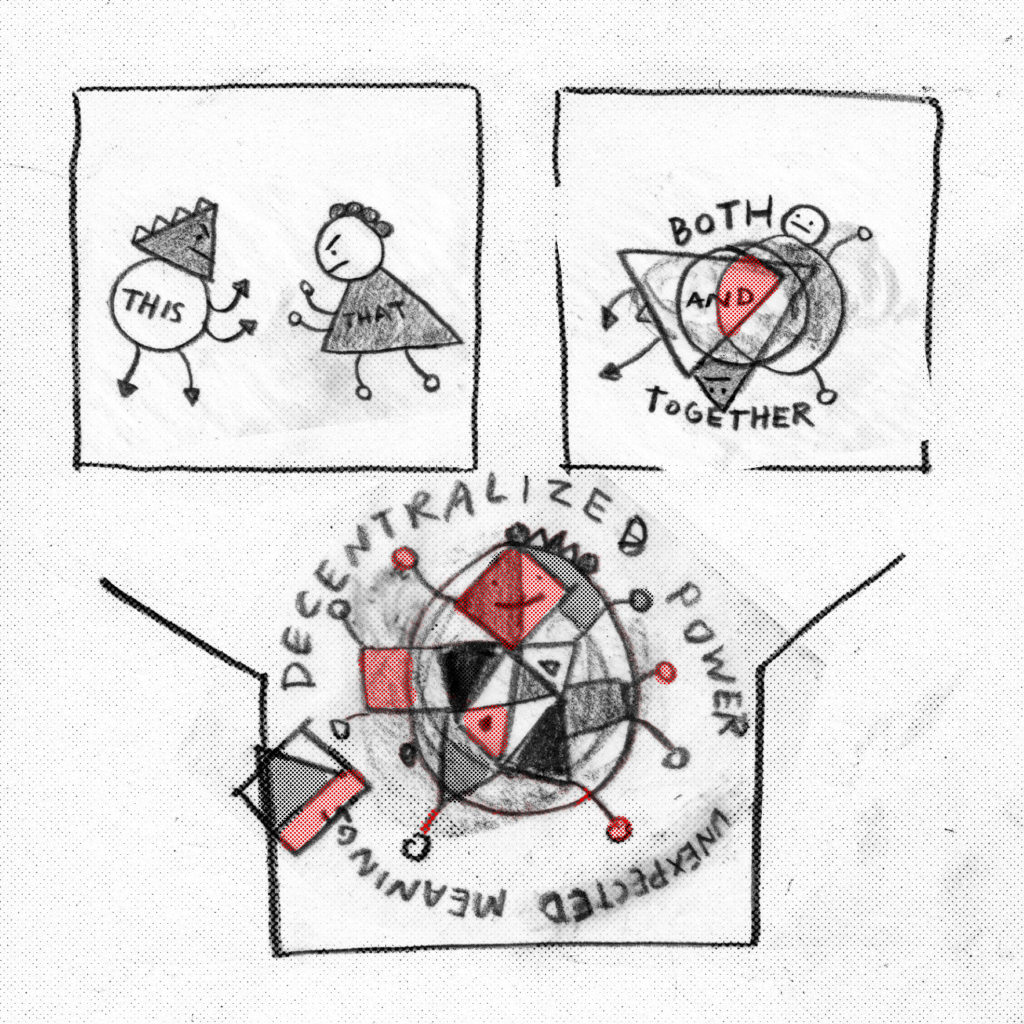Artificial Intelligence and Arts Ed: A Recap From AEP’s Quarterly Partnership Meeting

During AEP’s August quarterly partnership meeting, we discussed the positives, challenges and questions revolving around the use of artificial intelligence (AI) in the arts and how to use AI as a tool in art-making and teaching. During the presentation, questions were raised about how to use AI as an art-making medium and threading the line between artist appropriation and personal creative thinking.
Nettrice Gaskins, a working artist who predominately uses AI in her work, suggested that AI is like remixing music which uses a machine to change an existing piece of music to create something new. Another comparison was made between AI art and photography. At the time of its invention, photography was a revolutionary and unknown medium that was discounted for its seeming lack of artistry. However, photography is a medium that requires practiced technical skill from the artist to capture beautiful and thought-provoking images. AI will change the art sphere and it will take time for others to learn how to use the technology effectively. However, it is a tool, just like photography and remixing. Gaskins described her art-making process, one that she has been perfecting since 2016, and explained how her art has progressively improved through exploring different specific prompts that she feeds into AI generators. Gaskins explained that she had a clear picture of what she was looking for in her art and through inputting specific prompts, she was able to create the work of art she had envisioned. Over time, she also began teaching the AI system what she looks for in her work, and it was learning along with her. AI grows with the artist.
Camille Dempsey, a professor of educational technology at Pennsylvania Western University, proposed that using AI in schools is a necessary step forward to increase student knowledge in technology. AI and technology are not leaving anytime soon. There is a growing number of companies who are using and producing AI tools. As educators, we should be prepared to use technology in new ways that reflect the use of technology in the wider world. There are resources available – such as ISTE – to help educators to learn to integrate AI into their programs.
Since AI can be considered a tool, there are also ways of using it incorrectly. Artists can masterfully use AI generators to create personal works of art. However, this also means that there are people who can otherwise exploit artists and plagiarize their work for personal use. To protect artists, there should be heavy consideration on how we regulate the use of AI. To enforce and promote AI regulation, students should also be taught how to use AI effectively and responsibly. Without educators actively teaching and promoting responsible ways of using AI, students will grow up without vital information about how to interact with this growing technology.
There are still many unknowns about the future of AI and arts education. However, by changing the mindset from seeing AI as an unnecessary evil to instead using AI as a tool to promote new ways of thinking, creativity and learning, we will be able to unlock the full potential of AI responsibly.



